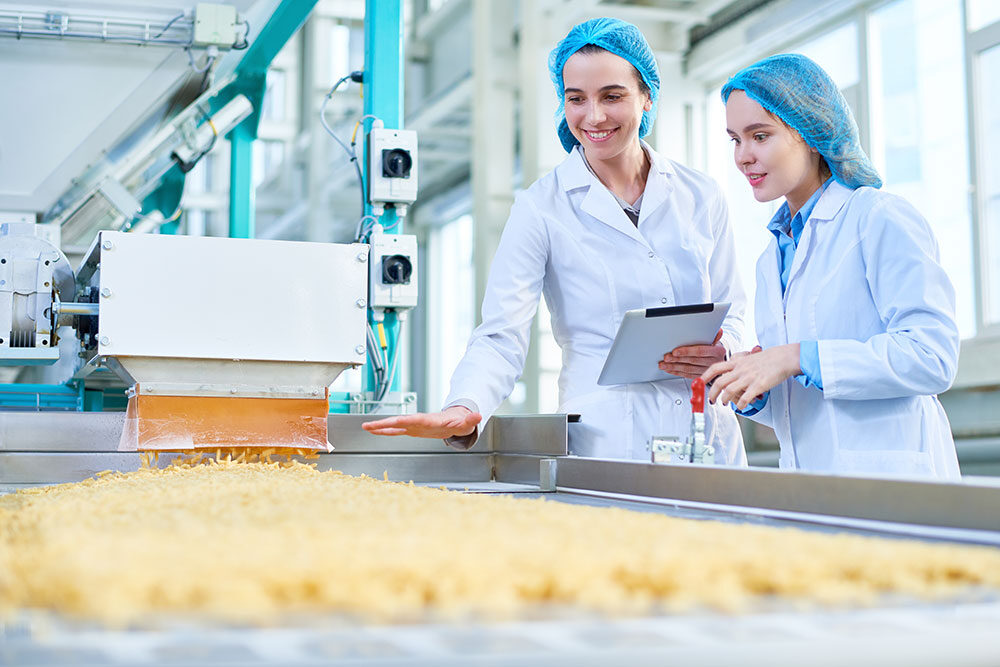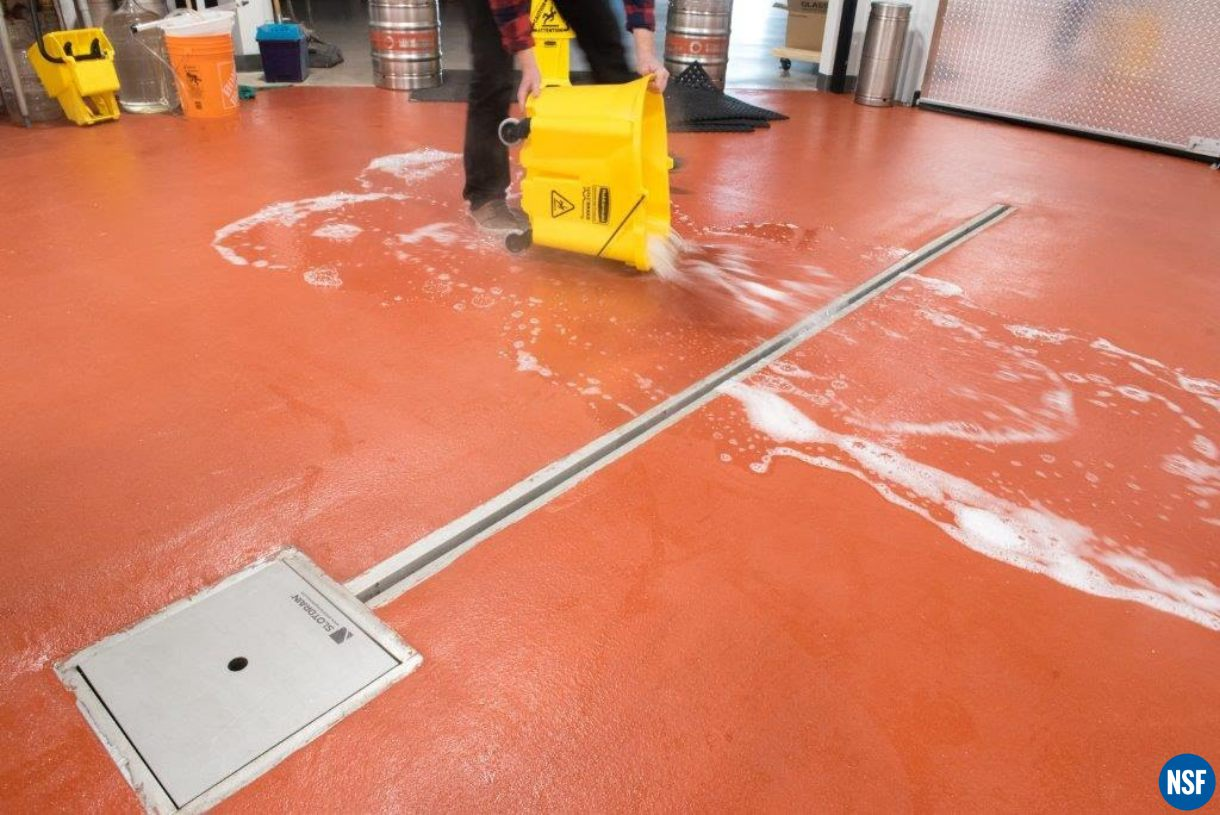Recalls have steadily increased yearly, with many coming from the food and beverage industry. In 2022, food and beverage recalls have hit a 10-year high across all industries.
According to Sedgwick, FDA recalls for food and beverage products increased to 120 in Q2 of 2022, up 9.1% from the first quarter. USDA recalls were up 62.5% in the second quarter, with a total of 973,374 units recalled.
Recalls happen for various reasons: undeclared allergens, a lack of inspections, the presence of foreign materials, undercooking of the product, bacterial contamination, and overall poor food safety practices. Preventing these recalls is a matter of adhering to the right food safety practices,including the 11 listed below.
1. MAKE SURE STAFF HAS PROPER TRAINING
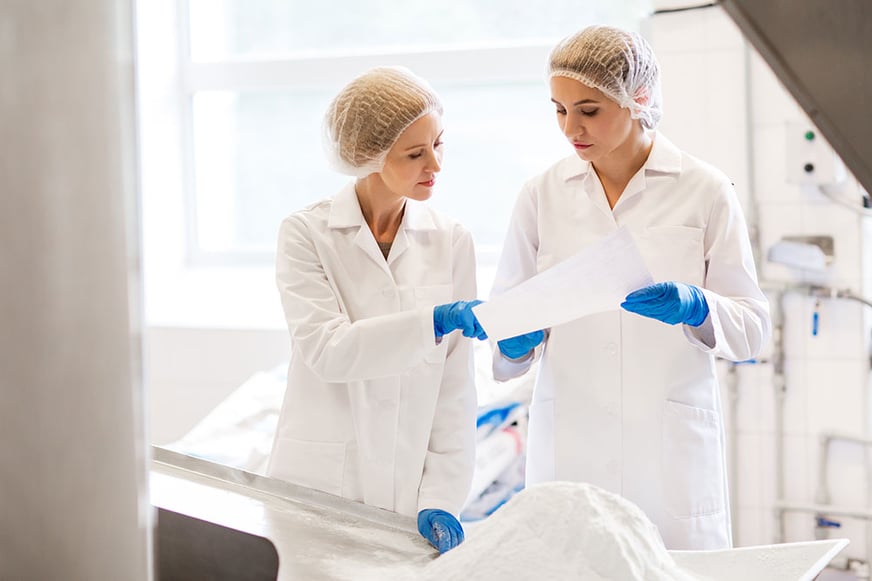
Untrained staff is one of the biggest hazards to food safety.
When staff don't have adequate training, they may mishandle food, undercook products, and not follow the appropriate hygiene measures required for commercial kitchens. Everyone from management to staff must have thorough training before allowing them into the kitchen.
The information employees should learn include, but is not limited to:
-
General food safety
-
Proper sanitation and hygiene practices
-
Handling different food products
-
The business's standard operating procedure
This information is the foundation for good food safety practices in the kitchen.
2. EMPLOYEE HYGIENE

Poor employee hygiene is one of the leading causes of contamination and foodborne illnesses, and not practicing proper hygiene can lead to significant consequences.
Commercial kitchen and restaurant workers must wash their hands when they handle non-food items or raw food products like meat, poultry, and eggs. Hand washing should follow FDA hand washing standards to ensure adequate food safety practices.
While hand washing is one major component of employee hygiene, it is not the only one. Employees should also wear the appropriate gear in the kitchen, either cheat coats or PPE gear. Men and women should have their hair pulled back and covered to prevent hair from getting into the food, and men should cover their beards.
3. WASH ALL PRODUCE
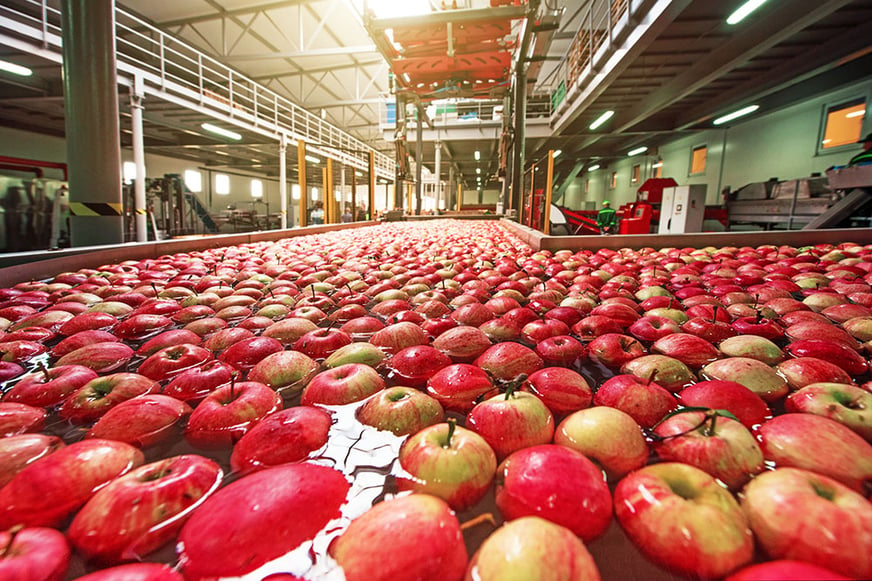
One of the important food safety practices that helps prevent cross-contamination is washing all produce.
Fresh produce, even organic, can contain harmful bacteria and other contaminants. While cooking the produce can eliminate this contamination, not all produce gets cooked. It is vital to wash the produce to remove any potential bacteria . Carefully wash produce to FDA standards, make sure you are thorough, and take your time. Even produce that will get cooked should be washed as a precaution.
4. STORE REFRIGERATED FOODS PROPERLY
Maintaining your kitchen refrigerators at the appropriate temperature is another key part of ensuring basic food safety practices. Refrigerators should stay at or below 40ºF to help minimize potential bacteria growth. Foods stored in the refrigerator should also be stored in the appropriate sections, in tightly sealed containers, to further prevent spoilage and contamination.
5. COOK ALL FOOD TO APPROPRIATE TEMPERATURES
Raw foods can carry many different foodborne illnesses. To avoid illnesses like Salmonella, food safety practices should include cooking raw foods to the appropriate internal temperature.
Raw food, particularly meat and poultry, can contain harmful bacteria like Salmonella. Eliminating any risk of foodborne illnesses requires cooking the food to the appropriate internal temperature and maintaining that temperature for at least 15 seconds. The necessary temperature varies depending on the food product; and educating yourself and your staff on temperatures and cooking requirements is important.
6. SANITIZE ALL FOOD CONTACT SURFACES
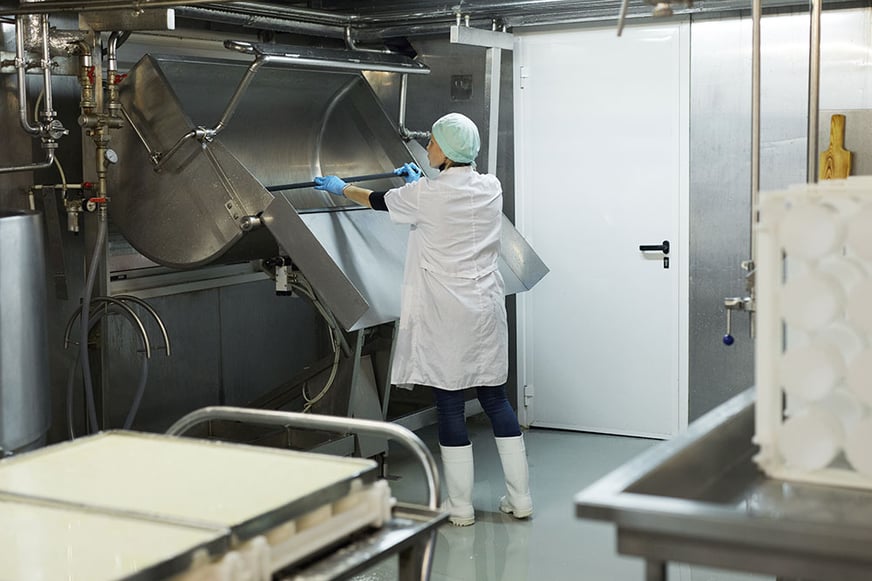
Bacteria is such a huge risk, and one of the most critical food safety practices to employ is to clean all contact surfaces. Workers should clean all contact surfaces before and after using them, especially when working with meat, poultry, and raw eggs. Raw food can transfer bacteria to the surfaces and tools they touch. Not cleaning all contact surfaces is a poor food safety practice that should be avoided, as it can lead to serious foodborne illnesses.
7. INSPECT YOUR KITCHEN
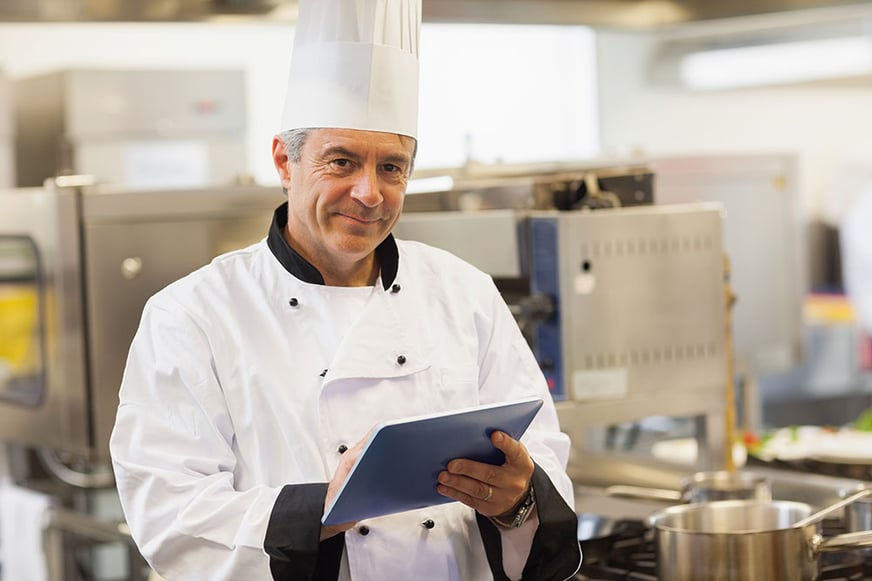
Another tip to help improve your basic food safety practices in the kitchen is to perform your own self-inspections. Educate yourself on the different areas of food safety, and walk through your kitchen regularly to identify any issues or potential risks. Performing checks twice a month will allow you to stay constantly aware, so you can catch issues quickly and take the necessary steps to address a problem.
8. KNOW THE LOCAL HEALTH CODES
For food safety practices in restaurants and other commercial kitchens, it is essential to familiarize yourself with the local health codes.
The state and county health departments are both the direct enforcers of local, state, and federal health regulations. Knowing the codes before opening a restaurant or kitchen is critical to avoiding fines and violations, which can lead to officials shutting your space down.
9. WATCH THE TEMPERATURES
Maintaining the appropriate temperatures is one of the most critical food safety practices to prevent cross-contamination. Staff should regularly check on the food in refrigeration or warming areas to ensure the temperature remains within the correct range. While you can rely on the thermometer in the refrigerator for cold foods, prepared foods should get checked individually to ensure their internal temperature is above 140ºF.
10. CHECK ALL SHIPMENTS
One of the problems restaurants and commercial kitchens struggle with is that contamination can happen at any point during production. It is possible that a food shipment somehow becomes contaminated, andpart of having adequate food safety practices is purchasing products from reputable sources. Even with purchasing from reputable sources, it is vital that you and your staff inspect each shipment and know the signs of potential contamination, so you can know when to accept or reject food shipments.
11. USE APPROPRIATE DRAINAGE MEASURES
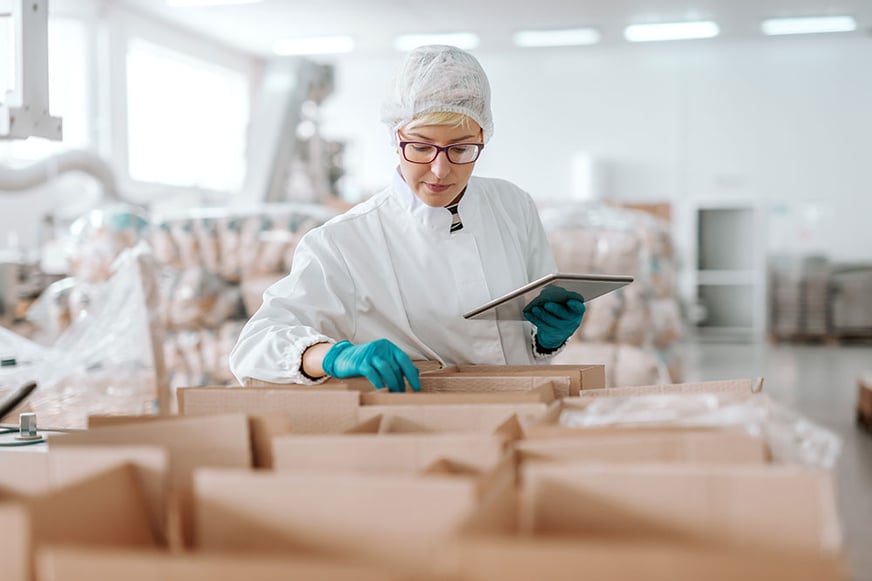
Proper drainage is a critical food safety feature in restaurants. FoodSafe Drains offers two highly efficient systems for the food and beverage industry. Both use T316 and T304 stainless steel, to provide a durable, bacteria-resistant design that can withstand harsh kitchen environments.
The first of the options is the FoodSafe Trench Drain, which offers the highest flow rates. The Trench Drain is available in two styles: the round bottom, designed to eliminate potential bacteria-harboring points, and the V-shaped bottom, which allows for the smooth passage of solids to the catch basin. Both options come with heavy-duty tamper-proof grates that only authorized personnel can access.
The FoodSafe Slot Drain is another option. The Slot Drain has a slimmer channel, which does not require a grate. While the flow rates are less than the FoodSafe Trench Drain, they can go up to 27 GPM per foot of drain. The slim, open channel blends seamlessly with the ground and makes it easier to maintain.
Both are compatible with the FoodSafe Catch Basin, which helps catch larger objects and debris that may fall into the channel, and the clean-in-place technology, which allows for easy, automated cleaning.
KEEPING SAFE WITH THE RIGHT FOOD SAFETY PRACTICES
Food safety is critical for commercial kitchens and restaurants. Contamination and foodborne bacteria are always risks, but with the right setup and procedures, you can take significant steps for prevention. Take the time to evaluate your kitchen or restaurant and instate some of these proper food safety practices to ensure the best measures possible. Taking these precautions will create a cleaner, safer environment free from potential dangers.
Contact our experts at FoodSafe Drains today to learn more about the FoodSafe Trench Drain and Slot Drain systems and how they can help you!
